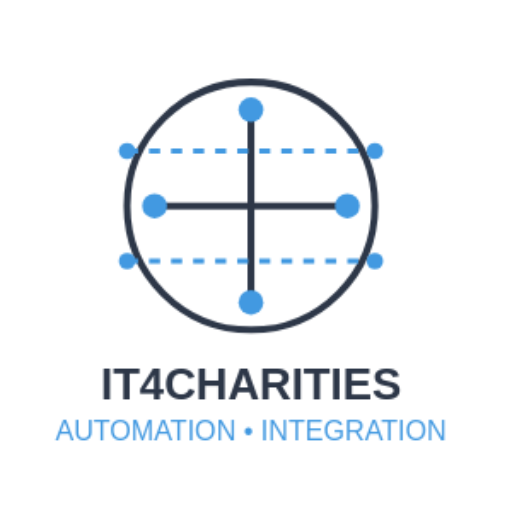Integrating Systems: A Guide for Charities
Integrating Systems: A Guide for Charities
This guide provides insights into the importance of systems integration for charities, explaining how unified data systems can improve reporting, communication, and decision-making.
Understanding System Integration
System integration is the process of combining different computing systems and software applications to function as a coordinated whole. For charities, this can streamline operations, reduce redundancy, and enhance data visibility across the organization. Seamless integration ensures that all parts of your IT infrastructure work harmoniously, ultimately improving efficiency and service delivery.
Benefits for Charities
- Improved Efficiency: Eliminate duplicated efforts and reduce manual data handling.
- Enhanced Reporting: Integrated systems provide a holistic view of operations, supporting better strategic decision-making.
- Better Communication: Unified platforms promote easier data sharing across departments, strengthening collaboration among teams.
Steps for Successful Integration
To successfully integrate systems, organizations need to prioritize careful planning and execution. Knowing your objectives and available resources is essential.
First Step: Assessing the Data
- Begin with a comprehensive data audit to understand existing data connections and flows.
- Determine key integration points that provide the most significant benefits to the organization.
- Develop a systematic integration plan that considers both short-term needs and long-term scalability.
Want to leverage systems integration for your charity? Let’s discuss how we can make it happen.
Message me here for a free, unpressured 10-15 minute Q&A call

